|
||
| Recent Alumni | ||
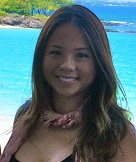 |
Kylee Chang 2013-2014 Kylee joined the Russell group in
July 2013 as a graduate student in Marine Chemistry after graduating from Loyola
Marymount University with a B.S. in Chemistry and working at the South Coast Air
Quality Management District in Los Angeles. Her current research project involves
analyzing filter samples from Alert, Canada for their chemical properties and
comparing functional groups with filter and ice core samples from Washington.
Her other interests include biological contributions to particle formation in the Arctic.
|
|
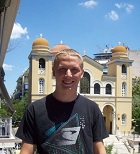 |
Seth Chunn 2013-2014 Seth joined the research group
in the Fall of 2013 as an undergraduate at the University of California, San Diego.
He graduated in the Spring of 2014 with a degree in Chemical Engineering.
|
|
 |
Amanda Frossard 2008-2014 Amanda completed her PhD in Russell group in 2014.
Her research focus was on aerosol particles, as a graduate student in Climate Science. She graduated from UC Berkeley
with a BS in Chemistry in 2008 where she became interested in atmospheric chemistry. Her PhD work focused on determining
the sources and composition of organic mass in the marine boundary layer using measurements of ambient and generated marine particles.
Amanda also worked on determining the contributions of combustion sources to submicron organic mass in the Arctic, as part of the
ICEALOT project. During her dissertation work, she measured the concentration and composition of ambient marine aerosol particles
during three shipboard campaigns: CalNex, EPEACE, and WACS. During CalNex and WACS, Amanda also determined the organic composition of
primary marine aerosol particles generated using the Bubbler and the Sea Sweep. Amanda is now a postdoctoral researcher at UC Berkeley
in the Cohen Group in the Chemistry Department.
|
|
 |
Ashley Corrigan 2009-2014 Ashley
joined the Russell Group in September 2009 as part of the SIO Marine
Chemistry Curricular Group, after graduating from the University of San
Diego with a B.A in Biochemistry and Biology. Her research
included a
collaboration at California Institute of Technology, measuring organic
functional groups of secondary organic aerosols generated in laboratory
smog chambers. Her research included participating in the
CAL-NEX study at California Institute of Technology in May 2010. She
will also studyed biogenic aerosols during the HUMPPA Campaign at
the SMEAR II research site in Hyytiala, Finland during July 2010.
|
|
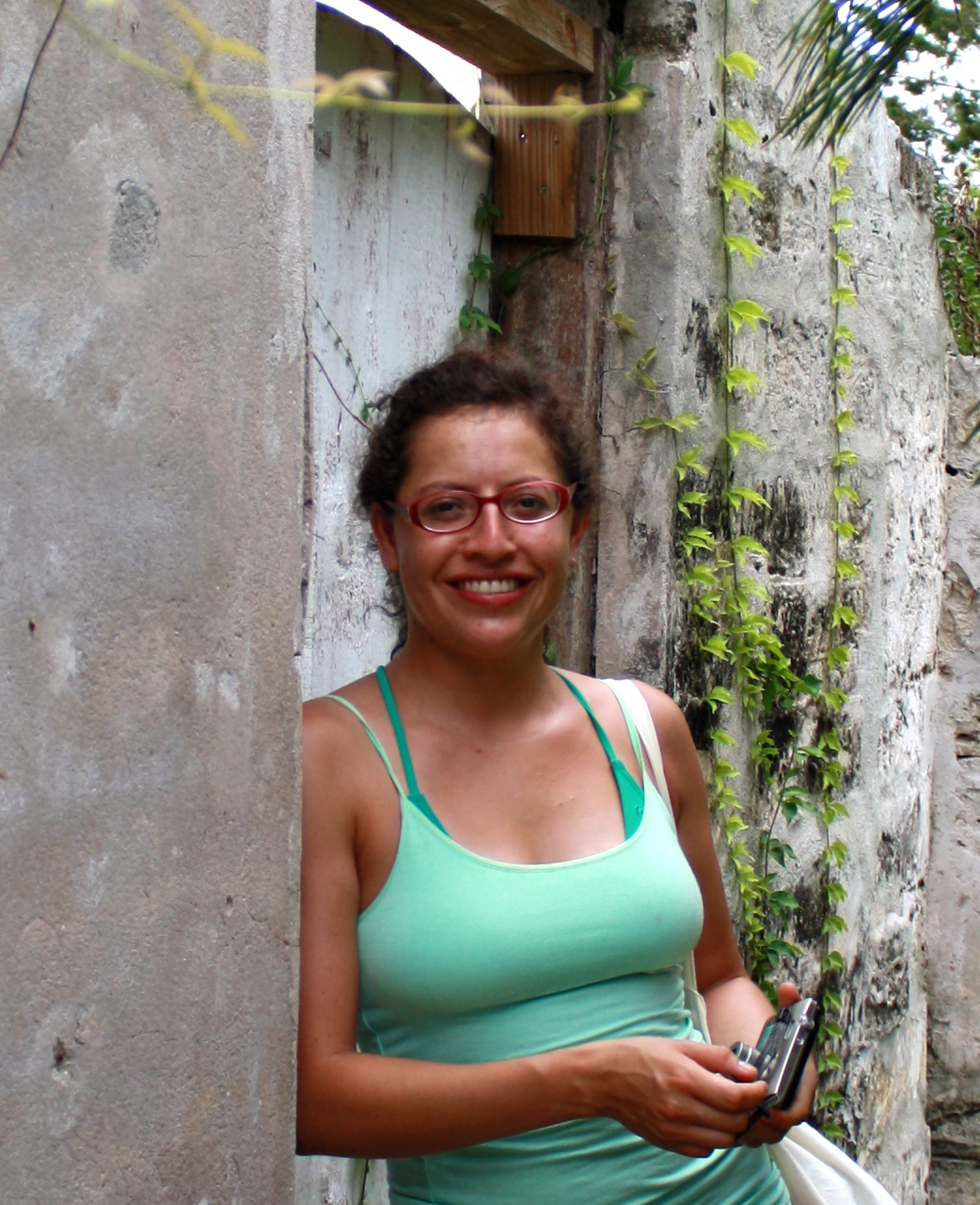 |
Janin Guzman Morales 2011-2013 Janin joined the Russell
group in winter 2011 as a research scholar, after
obtaining her B.S. in Chemistry at the National Autonomous University of Mexico.
She became an SIO graduate student in Fall 2012 in the Marine
Chemistry curricular group. She was
actively involved in aerosol sampling, collecting data
with the High Resolution Aerosol Mass Spectrometer at the Mt. Soledad, La Jolla, California Project
in May-June 2012 and at the Western Atlantic Climate Study
in August 2012. She is
interseted in the relative contribution of different types
of fuels to submicron particles in California urban
areas. |
|
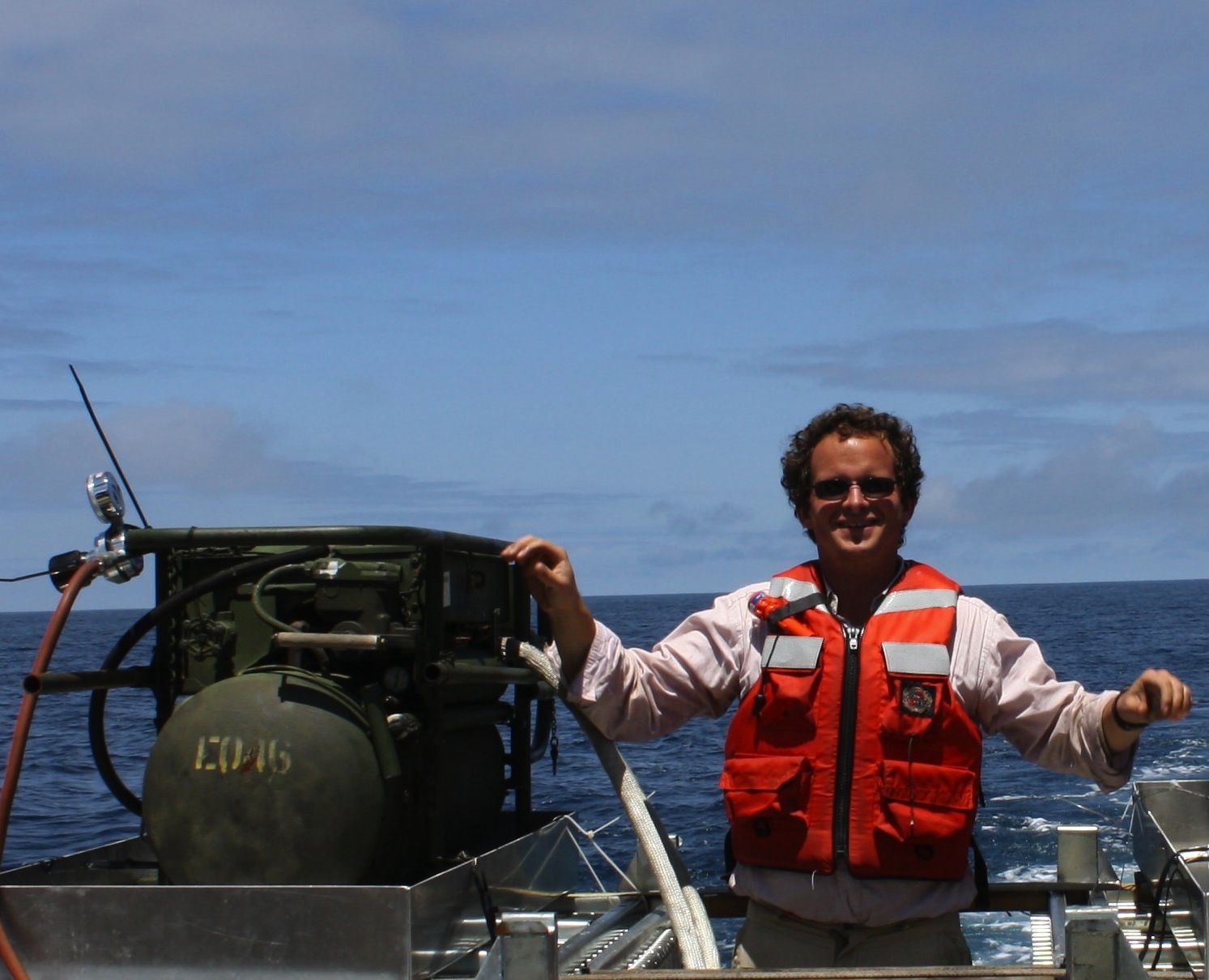 |
Johannes Muelmenstaedt 2011-2012 Johannes joined the Russell group as a postdoctoral scholar in January 2011. He received his PhD in the physics of fundamental particles from UC Berkeley and then decided to turn his attention to larger systems. His projects included modeling of cloud microphysics in the Arctic and analysis of the E-PEACE 2011 data.
|
|
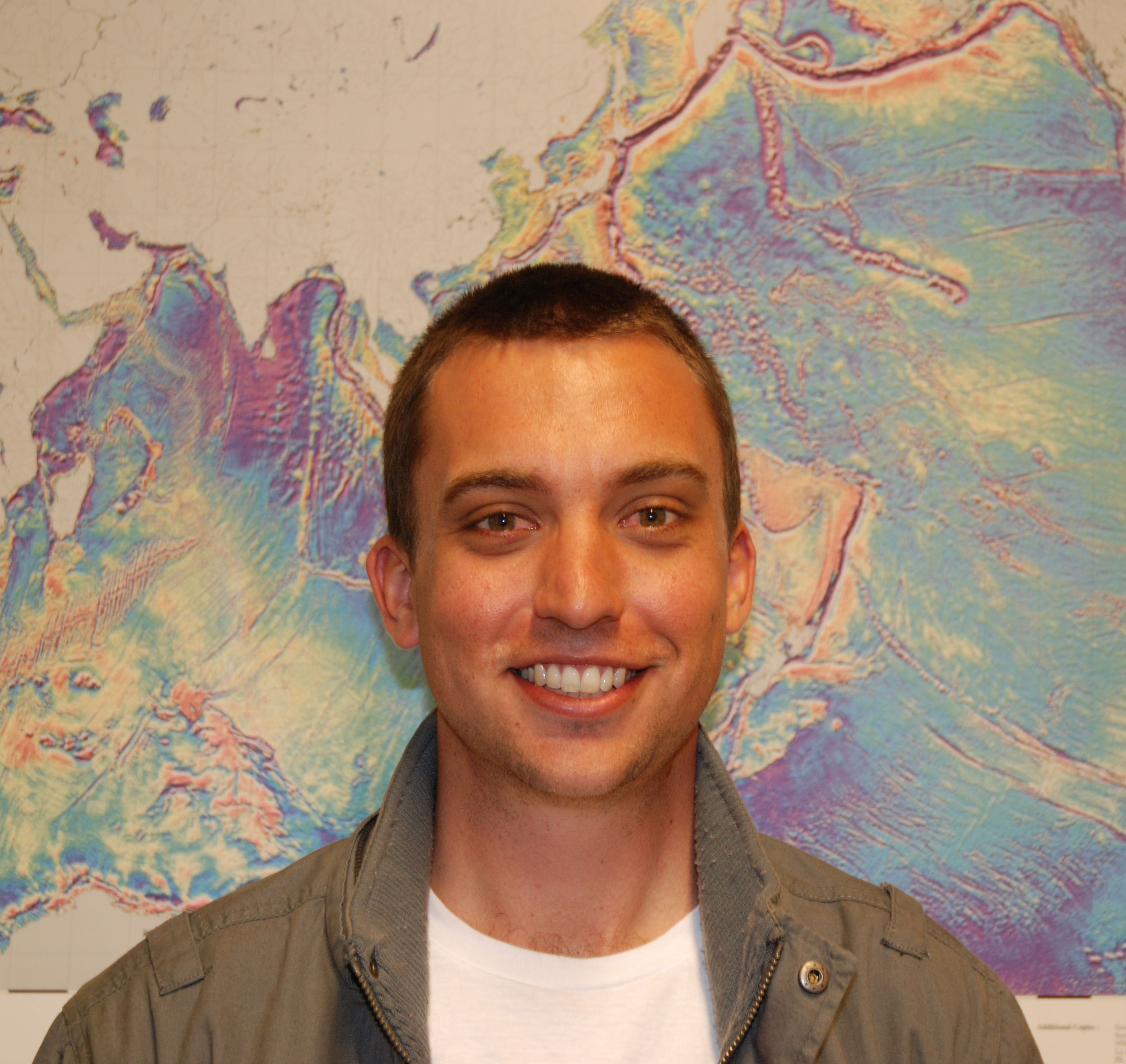 |
Rob Modini 2010-2012 Rob joined the Russell group as a postdoctoral researcher in November 2010.
Shortly before, he obtained his PhD from Queensland University of Technology in
Australia for work on the water uptake properties of marine aerosols. Continuing
with the oceanic theme, Rob's current research at SIO was focused on sea spray
aerosols. He conducted small- and large-scale bubble-bursting experiments
to better characterize the production flux and chemical composition of sea spray
particles produced under a range of different oceanic and atmospheric conditions.
|
|
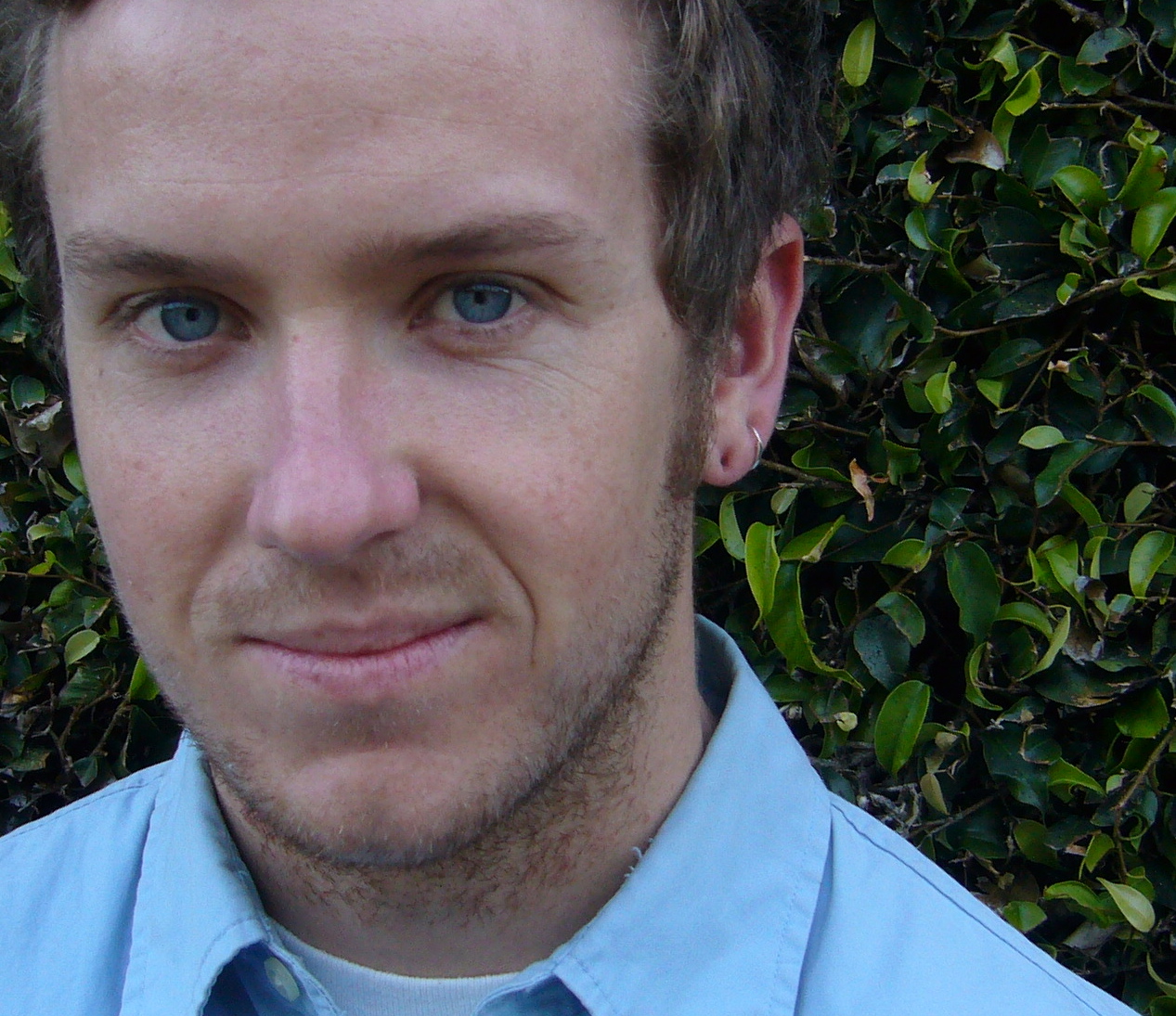 |
Patrick Ferree 2012-2012 Patrick joined the group
in the spring of 2012 as an undergraduate at UCSD. That
spring he graduated with a B.S. in Chemistry and
Philosophy.
|
|
 |
Kabin Shakya 2011-2012 Kabin joined the Russell
group as a postdoctoral scholar in August 2011. He
received a Ph.D. in environmental engineering from Rice University. His previous works include characterizing the aerosols from Kathmandu, New Hampshire, and Houston, and smog chamber investigation on secondary organic aerosols and gaseous mercury chemistry. He is currently working on characterizing chamber particles using scanning transmission X-ray microscopy with near-edge absorption fine structure (STXM-NEXAFS). His other projects include studying the ambient particles using single particle soot photometer (sp2) and fourier transform infrared (FTIR) spectroscopy. His research interests include the study areas in aerosol chemistry, aerosol measurements, source apportionments, and secondary organic aerosol.
|
|
 |
Anita Johnson 2010-2012 Anita joined the Russell
group as an undergraduate in spring 2010, and after
graduating from UCSD with a B.S. in Environmental
Chemistry, became a Staff Research Associate. Her
research included FTIR support in Tijuana during
CalMex, analyzing the group's automated algorithm for
quantifying FTIR spectra, and examining the effects of
salt hydrates samples for FTIR. She provided FTIR support
for collaborative studies around the world and is now a
graduate student at Drexel University.
|
|
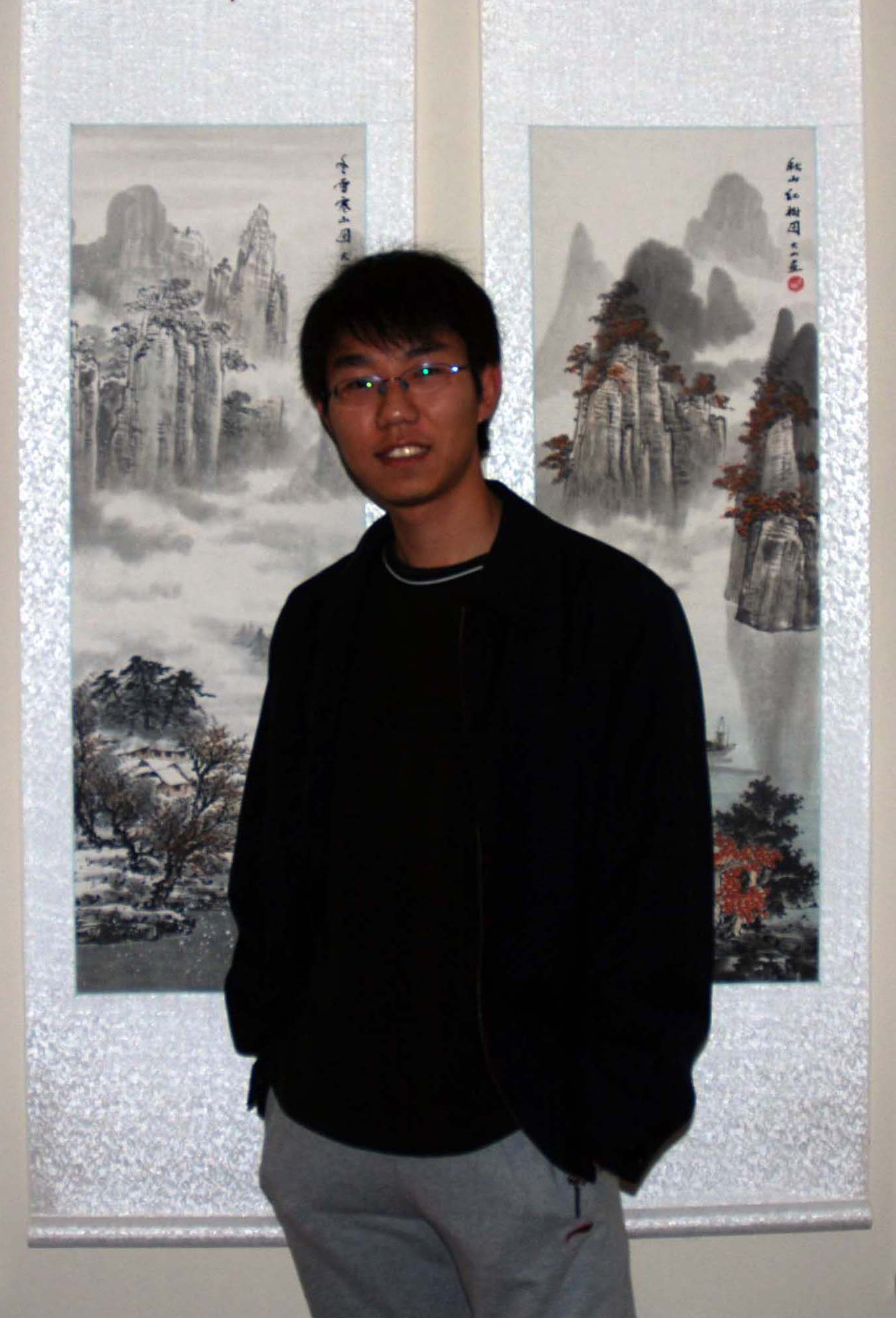 |
Shang Liu 2006-2012 Shang joined the
Russell group of SIO in the fall of 2006. His research
focused on the sources and formation of ambient secondary
organic aerosols (SOA). To achieve this goal, he conducted
several field measurements to study the chemical and
physical properties of ambient aerosols using a set of
online and offline techniques, including FTIR, HR-ToF-AMS,
SMPS, and STXM-NEXAFS. He applied factor analysis to the
ambient measurements to extract the sources that likely
contributed to the SOA. To better understand the SOA
formation mechanisms, Shang conducted reaction chamber
studies in the lab. Special attention is given to the
formation and loss of organonitrate functional
groups. Shang has now finished working on the data collected at Bakersfield in May and June 2010 during the CalNex project.
|
|
 |
Ranjit Bahadur 2004-2012 Ranjit was a Staff Research Associate in the Russell Group. His previous work has focused on theoretical simulations of phase transitions in atmospheric nanoparticles. Over time, Ranjit moved into compiling atmospheric aerosol measurements to provide a cohesive picture of organic carbon from the many organic aerosol sources. Most recently, Ranjit analyzed a large collection of black carbon measurements to address the question, "How is aerosol radiative forcing changing?" Bahadur et al., Journal of Chemical Physics, 2006. Bahadur et al., Journal of Physical Chemistry B, 2007. Bahadur et al., Aerosol Science and Technology, 2008. Bahadur et al., Journal of Chemical Physics, 2008. Bahadur et al., Atmospheric Environment, 2009. Bahadur et al., Environmental Science and Technology, 2010. Bahadur et al., Aerosol Science and Technology, 2010. |
|
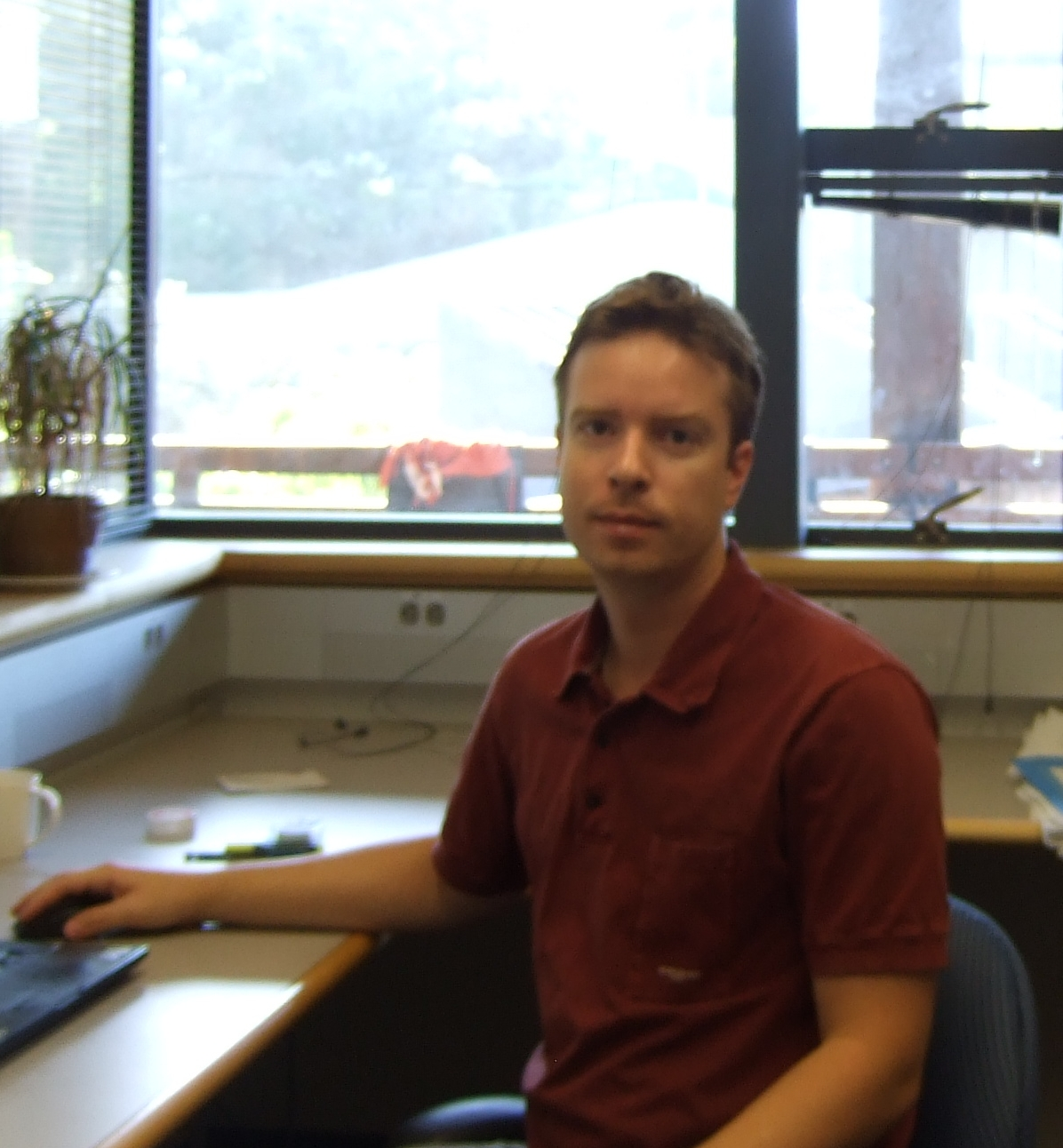 |
Lars Ahlm 2010-2012 Lars joined
the Russell group as a postdoctoral scholar in June 2010, after
defending his PhD at Stockholm University in Sweden. His interests
included aerosol and cloud microphysical growth, which he is studied
using measurements collected at Bakersfield and Whistler.
He also looked at aerosol growth events from organic
precursors. |
|
 |
Alice the Aerosol-Detector Dog Alice had
state-of-the-art nano-bio-detectors that targeted very low
detection
limits
for carbonaceous particles derived from bovine sources after incomplete
combustion using charred wood and coal fuels. Her nano-sensors
used
bio-mimicking messengers to track complex compositions with "smart"
adaptive learning algorithms. Other meat-cooking operations were
also studied, with a special focus on lamb, turkey, and
salmon. Particle analysis was performed online in real-time,
typically resulting in complete digestion of complex proteins and
carbohydrates with highly oxygenated organic functional groups. |
|
 |
Satoshi Takahama 2006-2011 Satoshi
was a Project Scientist with the Russell Group. He focused on characterizing
chemical composition and morphology of individual particles using
Scanning Transmission X-Ray Microscopy (STXM) with carbon K-edge
spectroscopy. Particles analyzed were collected during ACE-Asia, DYCOMS
II, PELTI, MILAGRO, INTEX-B, ICEALOT, VOCALS REx, and AeroSCOPE. He also worked on a project to simulate thermophysical and dynamic
properties of atmospheric systems containing organic molecules by
molecular dynamics. Past projects include sample collection and
analysis of FTIR organic functional-group composition of PM1 particles
from Mexico City (urban location) and analysis of particle
heterogeneity and oxidation state of iron in indiviual particles by
STXM. He is now an Assistant Professor of Atmospheric Chemistry and Quality of the Air at the School of Architecture, Civil and Environmental Engineering (ENAC) at Ecole Polytechnique federale de Lausanne in Lausanne, Switzerland. |
|
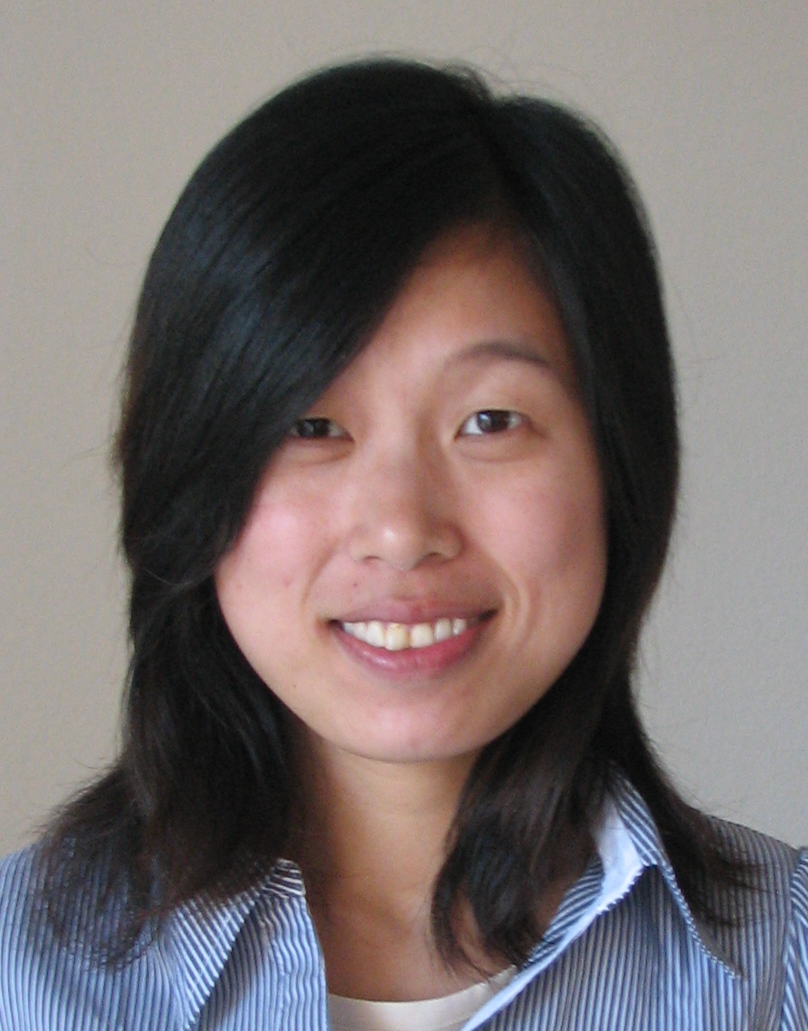 |
Zhan Zhao 2009-2011 Zhan joined the Russell
group as a postdoctoral scholar in December
2009, after earning her PhD at the University of California, Davis. Her
work focused on coupling Weather Research and Forecasting model with
Chemistry (WRF/Chem) with an the Multiscale Aerosol Climate Model
(MACM) to study the impact of local vs. non-local aerosol on regional
climate and air quality simulation. She is now an Air Quality Specialist at the California Air Research Board. |
|
 |
Patrick Shaw 2008-2010 Patrick joined the Russell
Group in June 2008 as a graduate student in Climate Sciences. He
received his B.A. in Physics from the University of San Diego in 2005,
and his M.S. in Atmospheric Science from the University of Arizona in
2007. His interests included Artic aerosols and aerosol-cloud
interactions, and he focused on a North pole organic aerosol
field campaign in Barrow, Alaska. |
|
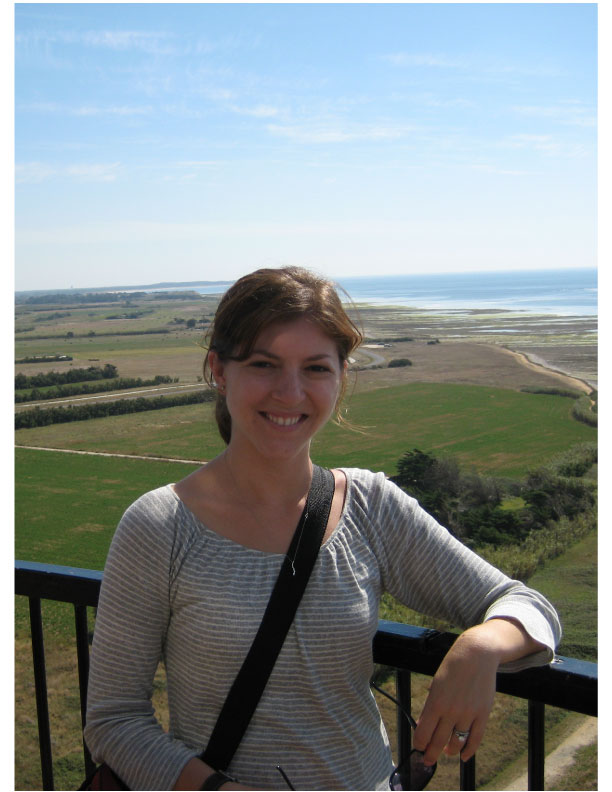 |
Lelia Hawkins 2005-2010 Lelia completed her PhD in the
Russell Group in April 2010. Her main research interests included
aerosols in marine environments and organic aerosol speciation. She
received her B.S. in Chemistry and Environmental Systems from UCSD in
2005 where she discovered her passion for atmospheric chemistry, clouds
and climate science in general. Lelia analyzed and published field
measurements of organic aerosol collected at the Scripps Pier in
June-September 2008 and shipboard measurements of organic aerosol
collected during the fall 2008 VOCALS-REx campaign in the southeast
Pacific Ocean. These studies focus on the effect of continental
emissions on aerosol loading in coastal and remote marine atmospheres.
Lelia also used single particle x-ray microscopy to analyze primary
marine organic aerosol from shipboard measurements. Lelia then completed a Research and Teaching Postdoc with Dr. David De Haan at
University of San Diego. She is now an assistant professor of chemistry at Harvey Mudd College.
|
|
 |
Becca Rolph 2010-summer Becca
worked in the Russell group when she was a fourth year undergraduate
student at McGill University in Montréal, Québec. Her major is
Environment, with emphasis on atmospheric science and physical
oceanography, and will also complete a minor in Chemistry. Her work in
Lynn Russell's group concerns the CalNex 2010 field study. She has
prepared filters for field sample collection, is currently scanning
samples using FTIR when they return from the field, and is primarily
focused on the CalTech groundsite. She is using FTIR measurements to
identify organic functional groups and to link ambient aerosol
particles with potential sources. She will be graduating in December
2011 with her undergraduate degree from McGill.
|
|
 |
Rachel Schwartz 2007-2010 Rachel
completed her Masters thesis in 2010 on her work on biogenic aerosols
at Whistler. In spring 2008, she sampled at a mid-mountain site in
Whistler, BC. Surrounded by forest this is a great location to look at
biogenic influences on aerosol chemistry. In winter 2009 she collected
sub- and supermicron bulk and single particle measurements up the
mountain, at Whistler peak with Environment Canada.
|
|
 |
Douglas Day 2008-2010 Doug joined the research group in
October 2008 as a postdoctoral scholar. His work has focused on
analyzing the regional differences of organic composition of single and
submicron particles from measurements made during the INTEX-B campaign.
He also evaluated cloud condensation nuclei activity and its relation
to organic composition from the same campaign. During 2009, Doug
conducted field measurements of organic aerosol at the Scripps Pier
using AMS and FTIR. He is participated in CalNex, a collaborative field
campaign aimed at understanding the issues at the nexus of air quality
and climate change problems, as part of the Russell group measurements
at Bakersfield. Doug is now a Research Scientist at the University of
Colorado at Boulder (CU).
|
|
 |
Tim Uplinger 2008-2009 Tim
graduated in 2009 as a UCSD undergraduate Environmental Systems -
Environmental Chemistry student. He first got involved with the Russell
lab in October 2008, working in the lab as a Chancellor's Research
scholar. His work included quantifying phenols in atmospheric aerosols
for the 2004 ICARTT project. |
|
 |
Emily Effner 2008-2009 Emily was an
undergraduate at UCSD receiving a B.S. in Environmental Systems -
Environmental Chemistry in June 2009, and had already completed her
B.A. in Anthropological Archaeology and an internship with SIO's
Geology Dept doing isotopic studies of coral cores. She worked as the
website designer and manager for Lynn Russell's group until 2010. |
|
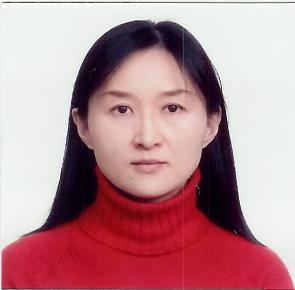 |
Meehye Lee 2006-2007
|
|
 |
Amewu Mensah 2005-2006 Amewu Mensah
visited the Russell group to learn about atmospheric aerosols from 2005
to 2006, during her first year of graduate studies on nucleation theory
at the University of Cologne. She is now continuing her graduate
studies at Julich, where she has switched her research focus to
experimental observations of biogenic secondary organic aerosols. |
|
 |
Alice Delia 2004-2005 Alice was a post-doctoral
researcher with the Atmospheric Aerosols
Group. She received her Ph.D. from the University of Colorado
in May
2004, where her research focused on field results using an Aerodyne
Aerosol Mass Spectrometer to measure the size and chemical composition
of submicron non-refractory aerosols. She collected filter
samples as part of the International Consortium
for Atmospheric Research on Transport and Transformation (ICARTT) in
July and
August 2004 at Appledore Island and Chebogue Point. |
|
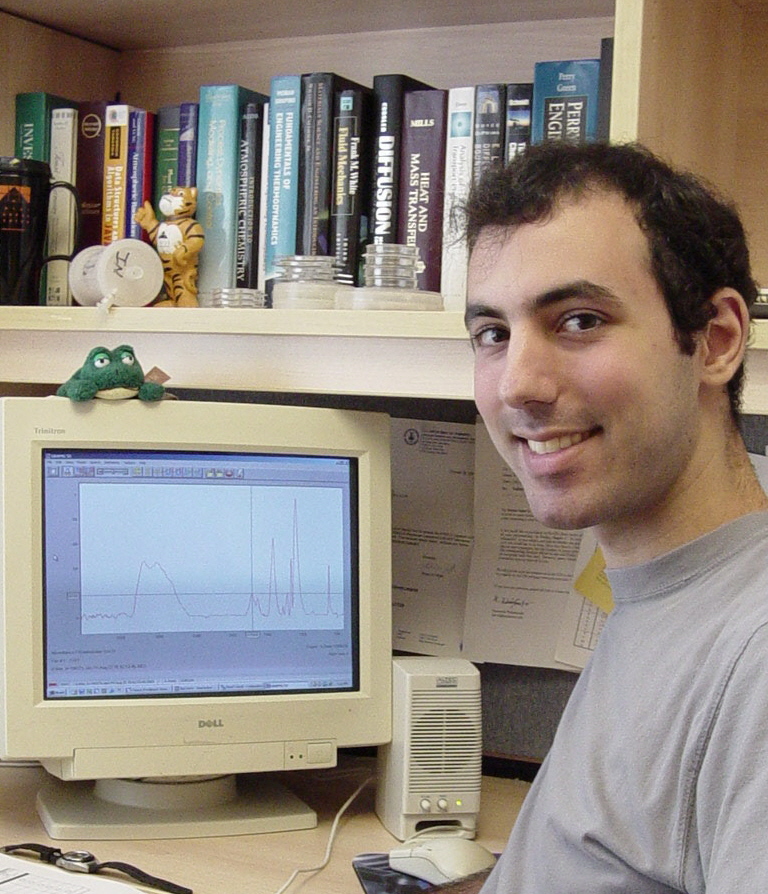 |
Steven
Maria 1999-2004 Steve completed his PhD in 2004
and is now a consulting engineer at a defense contractor in New Jersey.
His research focused
on the characterization of
atmospheric organic
particulate matter using new aerosol-specific calibrations for FTIR
spectroscopy
technique. FTIR analysis can quantify organic alkane, alkene, aromatic,
alcohol, carbonyl, sulfur, and nitrogen groups, allowing for estimates
of total organic carbon (OC) and total organic mass (OM) bulk submicron
aerosol concentrations. The resulting OM/OC ratios provide an improved
estimate of the conversion factor used to convert from the widely-used
thermal-optical OC measurements to total OM. |
|
 |
Cynthia Randles 2001-2004 Geophysical Fluid Dynamics Laboratory NOAA Princeton, NJ  Cynthia is now a postdoctoral
scholar at NASA Goddard in Maryland. She studied the direct effect of
atmospheric aerosols (i.e. scattering & absorption
of light by aerosol particles) with an emphasis on organic aerosols. In
particular, she is interested in how the presence of organics within an
aerosol particle can change the particle's hygroscopicity (or, it's
ability to take up water), and thus alter the optical (scattering &
absorption) properties of the aerosol. |
|
 |
Elizabeth Singh 2001-2004 Elizabeth is now an engineer for
Dupont Corporation in Deleware. Her research
focused on characterizing the size
and
sodium mass of sea-salt aerosols. The majority of sea salt aerosols are
created by bubbles bursting at the ocean's surface. She has created a
bubble generator to simulate this aerosol formation under laboratory
conditions. After the aerosols are generated, they go into a salt
particle counter (SPC) to characterize the sea-salt. The SPC consists
of a differential mobility analyzer (DMA) to separate the particles
according to their electrical mobility, a condensation particle counter
(CPC) to count how many particles are in each size class, and a flame
photometric detector (FPD) to thermally dissociate the aerosols to
determine their sodium mass concentration. Her experimental
setup looks at particles in the size range of 0.01 - 0.30 um. |
|

|
Yi Ming 1998-2003 Yi completed his PhD in 2003 and
is now a research scientist at NOAA GFDL in New Jersey. Her research
work
focused on the thermodynamics of aerosol
particles with an emphasis on modeling the organic
compounds present in aerosols. He studied the hygroscopic growth
behaviors of aerosol particles with the Princeton Organic-Electrolyte
Model (POEM) jointly
developed with Prof. Russell. This model helped him to understand the
radiative
properties of aerosols in the global climate model. |
|
 |
Monica Rivera 2000-2003 Monica is now a consulting
engineer at a defense contractor in New Jersey. Monica took part in two
field projects, ACE-Asia and DYCOMS II. She
collected
aerosol samples on teflon filters using particle concentrators, then
used FTIR spectroscopy to characterize their organic compostion. |
|
 |
Kelly
Kuhns-Kobland 2001-2003 Kelly used local aerosol
characterization
data to
investigate the effects of aerosol dynamics on particulate matter in
the human respiratory tract. This information, in conjunction with
medical studies, provided us with insight into the health effects of
inhaling various New Jersey particulate matter. |
|

|
Ana Tresmondi
2001-2002 Ana is now a research scientist at University of Campinas in Brazil. She did an internship with the Aerosol Group while she was a PhD student at the University of Campinas, Brazil. She used a receptor model (factor analysis) on the collected by this group in the ACE-Asia project to find the main aerosol types indicated by the measurements of elemental composition. |
|
 |
Prof.
Carynelisa Erlick 1997-1999 The Institute of Earth Sciences The Hebrew University of Jerusalem  http://www.earth.huji.ac.il/staff-main.asp?id=193 Caryn is now a professor at the
Hebrew University in Israel. She was a postdoctural scholar in the
aerosol group from 1997 to
2000. She is currently Senior Lecturer teaching classes in
radiative transfer in
the
atmosphere, enviromental chemistry, and environmental remote sensing. Erlick et al., Journal of Geophysical Research, 2001. Erlick et al., Journal of Geophysical Research, 2006 |
|
 |
Assistant
Prof. Tim Garrett 2000-2002 Depatartment of Meteorology University of Utah  Tim was a postdoctoral scholar in
the
aerosol group from 2000 to 2002. His current group focuses
on using
airborne observations to understand how
small-scale cloud processes are important to climate. Current topics
include the effects of pollution on the radiative properties of clouds,
and the interactions between dynamics, radiation, and microphysics
within tropical cirrus. |
|
